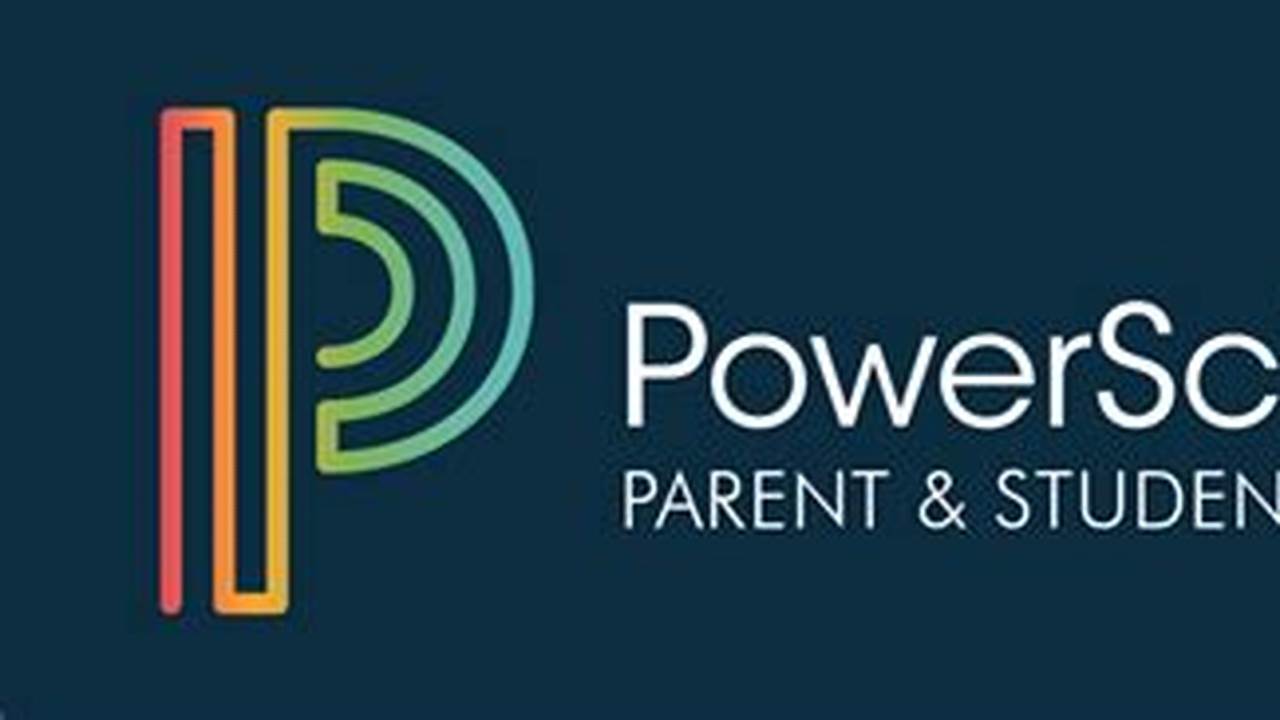Enhanced family connections are crucial for individual well-being and societal strength. Facilitating meaningful interactions and communication within families can lead to improved child development, reduced stress, and increased overall happiness. Utilizing tools and strategies designed to bridge communication gaps and foster shared experiences can be particularly beneficial in today’s fast-paced world.
Improved Communication
Open and consistent communication is the cornerstone of strong families. Tools can facilitate regular check-ins and provide platforms for sharing daily experiences.
Shared Experiences
Creating opportunities for families to engage in activities together, whether virtually or in-person, strengthens bonds and builds lasting memories.
Enhanced Understanding
Gaining insight into each family member’s perspective promotes empathy and strengthens relationships.
Conflict Resolution
Learning effective conflict resolution strategies can help families navigate disagreements constructively and maintain healthy relationships.
Increased Parental Involvement
Active parental involvement in a child’s life contributes significantly to their academic, social, and emotional development.
Building Trust
Consistent communication and shared experiences cultivate trust and create a safe space for family members to express themselves.
Reduced Stress
Strong family connections provide a support system that can help individuals cope with stress and navigate life’s challenges.
Greater Family Cohesion
Prioritizing family connections creates a sense of belonging and strengthens the overall unit.
Tips for Fostering Stronger Family Connections
Schedule Dedicated Family Time: Set aside specific times for family activities, even if it’s just for a short period each day.
Encourage Open Communication: Create a safe and supportive environment where family members feel comfortable expressing their thoughts and feelings.
Practice Active Listening: Pay attention to what others are saying and demonstrate genuine interest in their perspectives.
Celebrate Achievements Together: Acknowledge and celebrate individual and family accomplishments, no matter how small.
Frequently Asked Questions
How can technology be used to improve family communication? Technology can bridge geographical distances and facilitate regular communication through video calls, messaging apps, and shared online calendars.
What are some examples of shared family activities? Shared activities can range from playing board games and having meals together to engaging in outdoor adventures and attending community events.
How can parents address conflict constructively within the family? Encourage active listening, empathy, and respectful communication during disagreements. Model appropriate conflict resolution strategies for children.
What are the long-term benefits of strong family bonds? Strong family bonds contribute to increased resilience, improved mental and emotional well-being, and greater overall life satisfaction.
How can single-parent families build strong connections? Prioritize quality time, open communication, and create opportunities for shared experiences, even amidst busy schedules.
How can families adapt connection strategies as children grow older? Recognize evolving needs and interests, maintain open communication, and adapt activities to suit different age groups.
Cultivating strong family connections is an ongoing investment that yields significant returns. By prioritizing communication, shared experiences, and mutual understanding, families can build a foundation of support, resilience, and lasting happiness.


